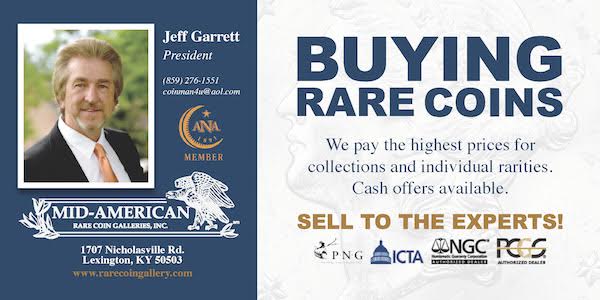
PREV ARTICLE
NEXT ARTICLE
FULL ISSUE
PREV FULL ISSUE
COLLECTOR OPENING MUSEUM OF INDIAN MONEYA collector of Indian paper money is establishing a museum of Indian paper money. -Editor
 George V Ten Rupees with ‘LEGAL TENDER IN BURMA ONLY' overprint Sifting through Rezwan Razack’s collection of Indian paper money is like looking through a bioscope. The shade and pattern of each note reveals a unique story. Razack cites the example of the one-rupee note, whose origins lay in the widespread panic and financial uncertainty caused by World War I. “People had begun to shun banknotes and would rush to the banks to convert these into silver coins. As a result, the government had to mint more coins to keep up with the demand. This led to scarcity of silver,” he says. The government, then, had no choice but to introduce paper banknotes of smaller denominations, including the one-rupee note, alongside the coins, in 1917. Also significant is the earliest surviving banknote in his collection—four two-hundred-and-fifty sicca rupees—issued by the Bank of Bengal on 3 September 1812. Then there is the uniface, or one-sided notes of the government of India, that were in circulation between 1861 and 1930. Today, Razack has one note of each style ever printed for circulation in India, making him the world’s largest collector of Indian paper money. Now, he is opening up his collection to numismatists from across the world, through the Rezwan Razack’s Museum of Indian Paper Money, which he launched in Bengaluru on 30 November. With the team from Eka Resources as museum consultants, this space will be housed within the Prestige Falcon Tower on Brunton Road and will be opened to the public in the last quarter of 2018. Razack first came across old banknotes 45 years ago while browsing through the contents of an iron safe at his ancestral home in Bengaluru. A couple of Reserve Bank of India notes, with the word “Cancelled” stamped on them, caught his eye. Some of these included the portrait of King George VI and contained the words, “Pakistan Note Payment Refused”. This piqued his curiosity, but with no books on the subject available he began to seek out scholars who could reveal the stories behind these notes. He spent his spare time—whatever he could manage away from his family’s construction business—to research the history of Indian paper money. It is perhaps the depth of his collection that makes it truly unique. For instance, Razack even has handwritten notes, as well as proofs and patterns that preceded the finalized design. He also has coupons that were issued to prisoners of World Wars I and II to be exchanged for cigarettes and other luxuries. “Also interesting are the princely paper tokens. The shortage of metal during World War II necessitated 36 princely states, mostly in Gujarat, Rajasthan, Sindh, Baluchistan and the Central Provinces, to issue paper tokens instead of coins, some with the value of one pice,” says Razack, who is the managing director, Prestige Group, and chairman, International Bank Note Society, India Banknote Collectors’ Chapter. To read the complete article, see:  Wayne Homren, Editor The Numismatic Bibliomania Society is a non-profit organization promoting numismatic literature. See our web site at coinbooks.org. To submit items for publication in The E-Sylum, write to the Editor at this address: whomren@gmail.com To subscribe go to: https://my.binhost.com/lists/listinfo/esylum All Rights Reserved. NBS Home Page Contact the NBS webmaster 
|